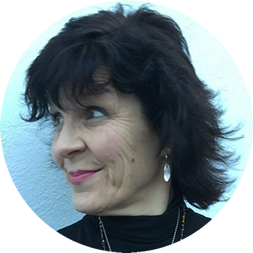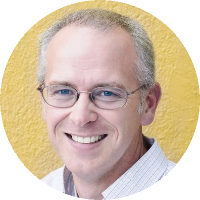Open Pedagogy is the “secret sauce” to Open Educational Practices. Content, on its own, is inert.
Open Pedagogy is how you integrate and engage students in the process where the content comes alive. Students are publishing for an audience greater than their instructor. Their work has the potential to be used for something larger than the course itself and to be part of a larger global conversation.
 “Overall, open education practitioners and researchers describe OEP as moving beyond a content-centered approach to openness, shifting the focus from resources to practices, with learners and teachers sharing the processes of knowledge creation.”
“Overall, open education practitioners and researchers describe OEP as moving beyond a content-centered approach to openness, shifting the focus from resources to practices, with learners and teachers sharing the processes of knowledge creation.”
Read more from Catherine Cronin
 “If teachers and students can now modify their textbooks and learning materials, we shift the student emphasis to contribution to knowledge as opposed to simple consumption of knowledge.”
“If teachers and students can now modify their textbooks and learning materials, we shift the student emphasis to contribution to knowledge as opposed to simple consumption of knowledge.”
Read more from Heather Ross
 “Because students know their work will be used both by their peers and potentially by future generations of students, they invest in this work at a different level.”
“Because students know their work will be used both by their peers and potentially by future generations of students, they invest in this work at a different level.”
Read more from David Wiley
In short, opportunity exists in Open Pedagogy for student engagement in content ideation, creation, and revision. Open Pedagogy allows us to enable students to be changing the world, not just training for the world.
Reflective Journal: Entry #2 Investigating Perspectives
Guidelines: Read the 7 perspectives on Open Pedagogy from the Year of Open.
Considering your course readings and personal conclusions, respond to the following questions in a reflective journal entry on your blog. Be sure to post your blog URL as a comment to the post in the Workplace discussion group.
- What is Open Pedagogy?
- Why is Open Pedagogy important?
- What is the potential impact of Open Pedagogy?
- What are the future directions for Open Pedagogy?
![]() Unless otherwise noted, this work is licensed under a
Unless otherwise noted, this work is licensed under a
Creative Commons Attribution 4.0 International License.
